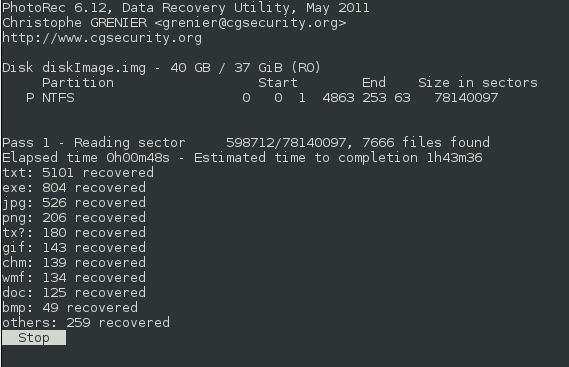As my previously post indicated I have created a new workstation, Components for New workstation, based on the Ryzen 5950x. This post is a follow-up, where I will present a minor change to the build, the build itself, results from a benchmark with Yocto and lastly my general view on the workstation and what I would change if I had the change.
Changes
In my previous post I stated that I went for the Seasonic Focus PX 850. Unfortunately availability of seasonic PSUs was very limited and everything above 650 watt completely out of stock. So based on availability I ended up with Seasonic Prime TX 650 – 80 Plus Titanium. This is a very nice PSU – including hybrid fan control making it a very silent PSU. Also this build uses well below 650 watt, but I prefer the PSU to be oversized, as the fan speed, and by this the noise increase with load percent. Though the difference in load percent is more than compensated by being the Titanium model with 135mm fan and better fan control compared to the 120mm of the PX model I originally intended to use.
The build
The build was pretty straight forward, though with a very tight fit, mostly caused by the size of the CPU cooler. I took some quick shots of the process, you can see below.




If you look at the last photo, you can see the tight fit around the graphic card and the CPU cooler. The fan of the cooler is also touching the memory, so no room to spare. The M.2. sits under the fan also. So be aware that all the space around the CPU cooler is used. A minor annoyance is how the Corsair MP600 with its own cooler attached, collides with the M.2. cooler plate for the motherboard. I needed to remote the chipset fan grill to remove the plate for using the MP600, and as I could not use the motherboard plate, the chipset fan grill could not be mounted again. Later i was informed how to remove the heatsink on the MP600, so the heatsink from the motherboard could be used, so would change this in a rebuild.
Yocto benchmark
Martin ‘JaMa’ Jansa who is a WebOS developer at LG and core developer of OpenEmbedded, provide a benchmark over different CPUs with the test-oe-build-time.
If you look at the time.build tab of html result, the build time for this system is around 2:37:29 for zeus branch and 3:41:26 for hardknott branch. In comparison building the zeus branch on Threadripper 3970x takes 1:36:18, a dual socket Xeon E5 2699 v3 takes 2:40:26 and a dual socket Xeon E5 2698 v4 takes 2:18:41.
I don’t have the price of the reference systems, but looking into the CPUs, a single Xeon E5 2699 v3 is $4115.00, a single Xeon E5-2698 v4 is $3226.00, a Threadripper 3970x reference price is $1999.. and my chosen Ryzen 5950x is $799.00. So if you compare the results according to price, you get the most bang for the buck with the chosen workstation.
Conclusion
In general I am very happy with the workstation. Running with the quiet profile in the BIOS and setting the RPM down, means the workstation is for all practical purpose silent when idling and only a woosh sound when under heavy load.
The only thing I properly would change is the Corsair MP600. I ended up patching the kernel because of a firmware bug with the SUBNQN. I documented it in their forum. This combined with a number of people report slowdown, and the small issue with not having the fan grill on the chipset because of the attached cooler, means that I would properly go with a Samsung 980 Pro if I needed to do the build again.
Hope you can use the comments and please comment if you have any questions.
